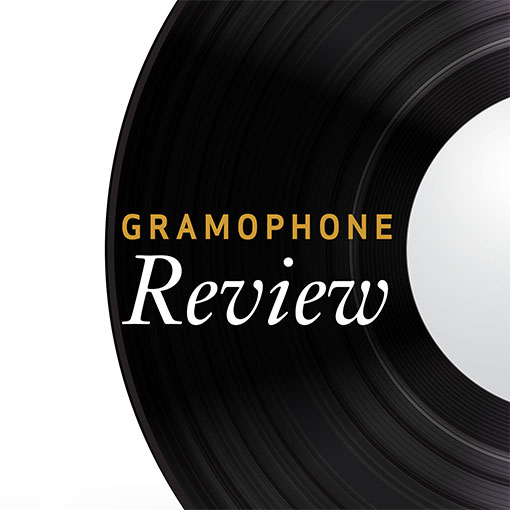Szymanowski Piano Sonatas
View record and artist detailsRecord and Artist Details
Composer or Director: Karol Szymanowski
Label: Minerva
Magazine Review Date: 9/1999
Media Format: CD or Download
Media Runtime: 74
Mastering:
DDD
Catalogue Number: ATHCD19

Tracks:
| Composition | Artist Credit |
|---|---|
| Sonata for Piano No. 1 |
Karol Szymanowski, Composer
Karol Szymanowski, Composer Raymond Clarke, Piano |
| Sonata for Piano No. 2 |
Karol Szymanowski, Composer
Karol Szymanowski, Composer Raymond Clarke, Piano |
| Sonata for Piano No. 3 |
Karol Szymanowski, Composer
Karol Szymanowski, Composer Raymond Clarke, Piano |
| Prelude and Fugue |
Karol Szymanowski, Composer
Karol Szymanowski, Composer Raymond Clarke, Piano |
Author: Michael Oliver
‘Goodness me,’ you may well be asking, ‘Did Szymanowski really write three piano sonatas?’ A pardonable question, since very few pianists seem to have bothered with the Third: so far as I can tell there is no other current recording of it. Raymond Clarke chose it for his graduation recital 12 years ago and for his broadcasting debut, so it obviously means a lot to him, and in this remarkable performance he demonstrates it to be an extraordinary piece. The early, luscious but not quite mature First Sonata is in four movements, linked by the rhetorical return of a theme from the first movement in the midst of the slightly diffuse fugal finale. The Second Sonata incorporates a sonorously solemn slow movement, a capricious scherzo and another fugue, this time a brilliant and athletic one that achieves real grandeur, into a set of variations; it is thus in two movements only. The Third Sonata audaciously completes this process by fusing four movements into one, with the concluding fugue unifying the bewilderingly varied and often tonally ambiguous material that has been introduced earlier. That fugue should sound like the obvious and inevitable destination of all that preceded it, and in Clarke’s gripping reading it triumphantly does. Indeed, once you’ve listened to this disc it’s no less obvious that the Third Sonata is the logical conclusion of a process begun in its predecessors (and in the impressive C sharp minor Prelude and Fugue) and that the sequence as a whole is a crucially important document of the maturing of Szymanowski’s language.
Clarke has already won admiration for his recordings of such well-nigh unplayable things as Ronald Stevenson’s Passacaglia on DSCH (Marco Polo, 9/95) and Havergal Brian’s Double Fugue (Athene, 4/98), so there is no fear that Szymanowski will find his technique wanting. But his love for these sonatas’ rich and delicate sonorities and his absolute conviction that the Third Sonata is a masterpiece are as evident as his technical fluency. The piano sound is a little lacking in presence, but that is a minor reservation about a release of major importance.'
Clarke has already won admiration for his recordings of such well-nigh unplayable things as Ronald Stevenson’s Passacaglia on DSCH (Marco Polo, 9/95) and Havergal Brian’s Double Fugue (Athene, 4/98), so there is no fear that Szymanowski will find his technique wanting. But his love for these sonatas’ rich and delicate sonorities and his absolute conviction that the Third Sonata is a masterpiece are as evident as his technical fluency. The piano sound is a little lacking in presence, but that is a minor reservation about a release of major importance.'
Discover the world's largest classical music catalogue with Presto Music.

Gramophone Digital Club
- Digital Edition
- Digital Archive
- Reviews Database
- Full website access
From £8.75 / month
Subscribe
Gramophone Full Club
- Print Edition
- Digital Edition
- Digital Archive
- Reviews Database
- Full website access
From £11.00 / month
Subscribe
If you are a library, university or other organisation that would be interested in an institutional subscription to Gramophone please click here for further information.





